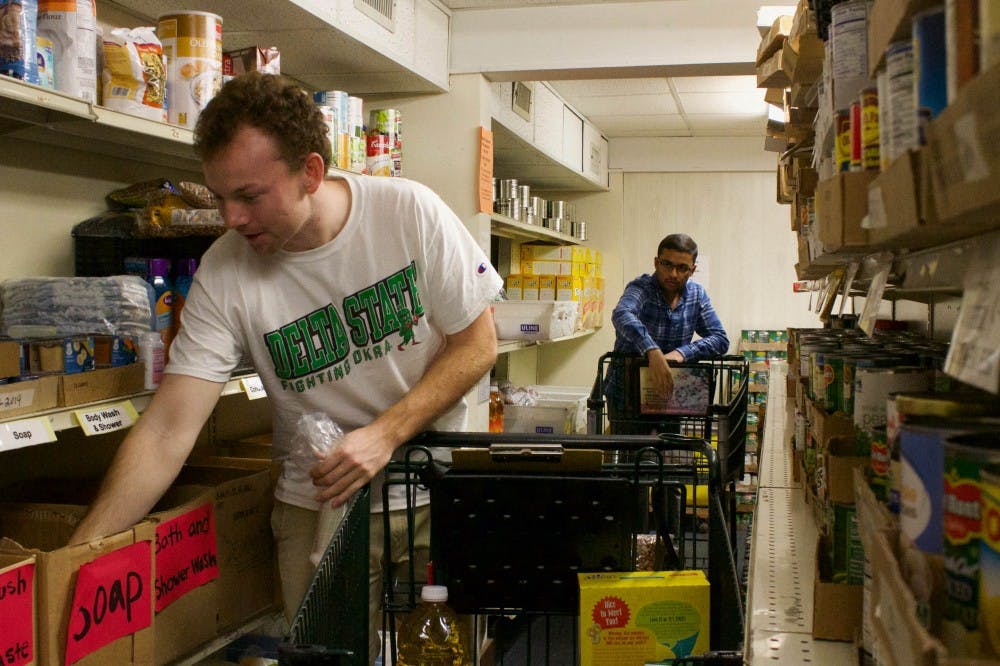By summer 2020, the Inter-Faith Council for Social Service Board will complete its 10-year planning process that involves building two shelters, HomeStart and Community House and the new facility for its FoodFirst project in an effort to provide dignified services for people in need.
“It was a long-range plan to make sure that IFC has dignified, permanent spaces that will function well into the future for the programs that we provide,” said Jackie Jenks, executive director of IFC.
Along with the community kitchen, shelter residents formerly stayed at 100 W. Rosemary St., while the food pantry, the emergency assistance program and the administrative office were located in 110 W. Main St. in Carrboro. But now, all services will be consolidated into the organization's Carrboro location.
The Carrboro-based building has been demolished because of its poor condition but is being rebuilt, Jenks said. Until that process is over, IFC is temporarily being housed in the Chapel Hill Historic Town Hall.
The new building will house IFC’s FoodFirst project, a 16,000-square-foot facility that centralizes all its services. To make the construction possible, the FoodFirst Capital Campaign secured $5.8 million from over 440 local families, congregations, businesses and foundations.
Kristin Lavergne, IFC community services director, said the new building will simplify the pick-up process for its members, who live or work in Chapel Hill and Carrboro.
“Our plan is that once the building is built, all the services would be in the same building, which just makes it easier, primarily for our members who may be needing services,” Lavergne said. “They don’t have to go to two different services. They could come in to take groceries and also have a hot meal.”
She said the colocation also allows them to share staff who were previously working in separate locations and to gather food donations. Both the community kitchen and pantry will be larger, and the pantry will also be operated on a “member-choice” basis.
“For the community kitchen, we’ll be able to serve more people so that people would not have to wait to be seated,” Jenks said. “This is especially important when people come into the kitchen on their lunch breaks and need to get in and out very quickly.”




